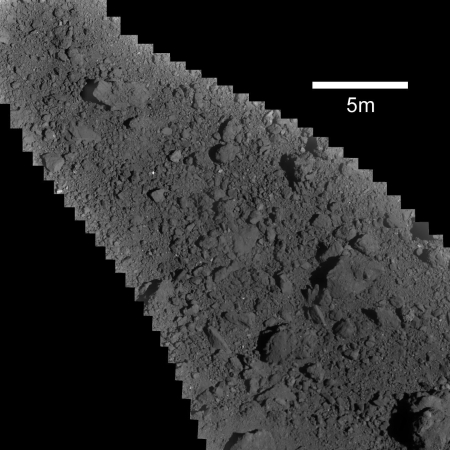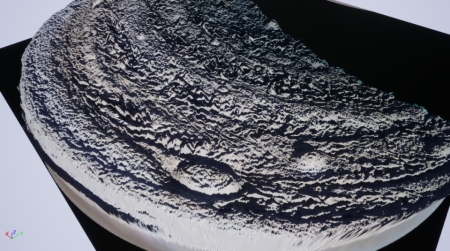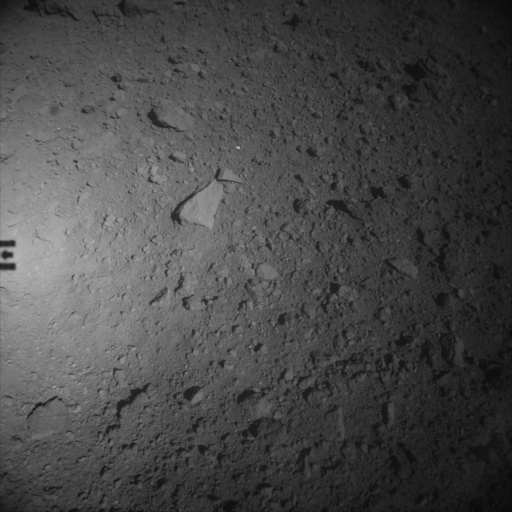Spike in methane detection in Gale Crater
The uncertainty of science: In the past week Curiosity has suddenly discovered a spike, the largest ever, in the amount of methane in the local atmosphere.
The amount detected was still quite tiny, 21 parts per billion by volume.
Curiosity doesn’t have instruments that can definitively say what the source of the methane is, or even if it’s coming from a local source within Gale Crater or elsewhere on the planet.
“With our current measurements, we have no way of telling if the methane source is biology or geology, or even ancient or modern,” said SAM Principal Investigator Paul Mahaffy of NASA’s Goddard Spaceflight Center in Greenbelt, Maryland.
While there is going to be a lot of speculation in the press and among scientists who should know better, this detection remains a major mystery. We as yet have no idea what caused it. Nor is it likely to have been caused by biology, though that does remain a possibility.
What is most puzzling is that the terrain that Curiosity is presently traveling across, the clay unit at the foot of Mount Sharp, shows no likely source.
This past weekend the scientists focused the rover’s instruments on this topic, in the hope this could help narrow the problem.
The uncertainty of science: In the past week Curiosity has suddenly discovered a spike, the largest ever, in the amount of methane in the local atmosphere.
The amount detected was still quite tiny, 21 parts per billion by volume.
Curiosity doesn’t have instruments that can definitively say what the source of the methane is, or even if it’s coming from a local source within Gale Crater or elsewhere on the planet.
“With our current measurements, we have no way of telling if the methane source is biology or geology, or even ancient or modern,” said SAM Principal Investigator Paul Mahaffy of NASA’s Goddard Spaceflight Center in Greenbelt, Maryland.
While there is going to be a lot of speculation in the press and among scientists who should know better, this detection remains a major mystery. We as yet have no idea what caused it. Nor is it likely to have been caused by biology, though that does remain a possibility.
What is most puzzling is that the terrain that Curiosity is presently traveling across, the clay unit at the foot of Mount Sharp, shows no likely source.
This past weekend the scientists focused the rover’s instruments on this topic, in the hope this could help narrow the problem.









